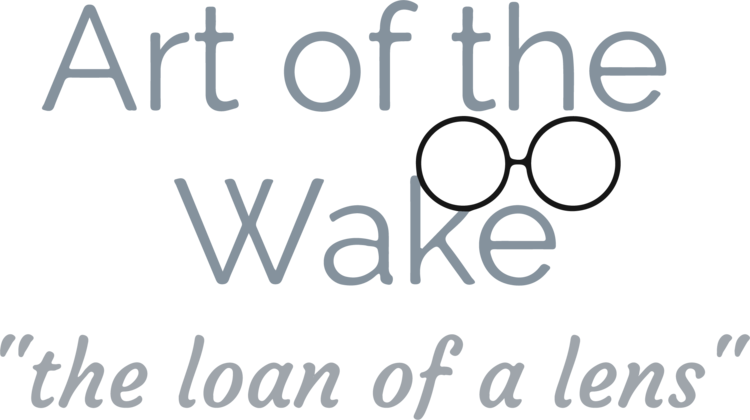"Here (please to stoop) are selveran cued peteet peas of
quite a pecuniar interest inaslittle as they are the pellets that makethe tomtummy's pay roll. Right rank ragnar rocks and with these
rox orangotangos rangled rough and rightgorong. Wisha, wisha,
whydidtha? Thik is for thorn that's thuck in its thoil like thum-
fool's thraitor thrust for vengeance. What a mnice old mness it
all mnakes! A middenhide hoard of objects"
Here, if we continue, like the hen to stoop and scratch about the midden of the text, we will surely be able to find treasure. The use of alliteration on page 19 conjures up images of letters repeating themselves in various forms from Germanic Runes to Egyption Hieroglyphs. I visualised the midden as being like a Neolithic shell midden by a beach, with myriad shells within its layers. In this illustration, the crosssection of the midden that represents page 18 reveals a glimpse of ancient letters within its strata. The layers are roughly marked out on the left with ancient Irish numbers, while partially hidden within the jumble of letters are the hero and heroine of Finnegans Wake and with a major theme of the Wake itself--the stages of life--in hieroglyphs. I was thinking about how texts in early manuscripts were often embellished in gold to signify and ameliorate their value and importance. I added gold to the midden itself instead of applying it to the treasures that are the letters contained within it in order to symbolise the importance of the personal excavation of Finnegans Wake. After all, the most valuable way to experience the Wake is not through the words on the page but through what we do with them.
The imperatives "please to stoop" and "O stoop to please!" are repetition of a request previously made on page 19, and it can be read as a response to our reluctance as readers to burrow into the midden.
Trace this passage to find how Joyce begins to lay out hints as to what he's doing to with the language of the Wake: various letters from the English alphabet in its present state ("peas" and "cued") to its historic past ("thorn", or þ, an Old English letter form), from Greek or Hebrew ("alfrids, beatties, cormacks and daltons" as alpha, beta, gamma delta or aleph, bet, gimel, dalet) to German ("eegs", "epsilene"--also a Greek letter, but in its closeness to the German sounding "eegs", it makes sense to read it as German). See what other letter names you can find. This unearthing of language fragments and patterns is what the reader who approaches Finnegans Wake begins to undertake, but those patterns shift, and the fragments appear different in the light than they often did in situ in the midden.
You may be able to detect particular linguistic patterns now. "What a meanderthalltale to unfurl" resonates with Jute's "What a hauhauhauhaudibble thing, to be cause!" that we heard on page 16. You can also see the Tom, Dick, and Harry motif with "every tim, nick and larry of us"; we previously met them as "Touchole Fitz Tuomush. Dirty MacDyke. And Hairy O'Hurry." on page 8.

